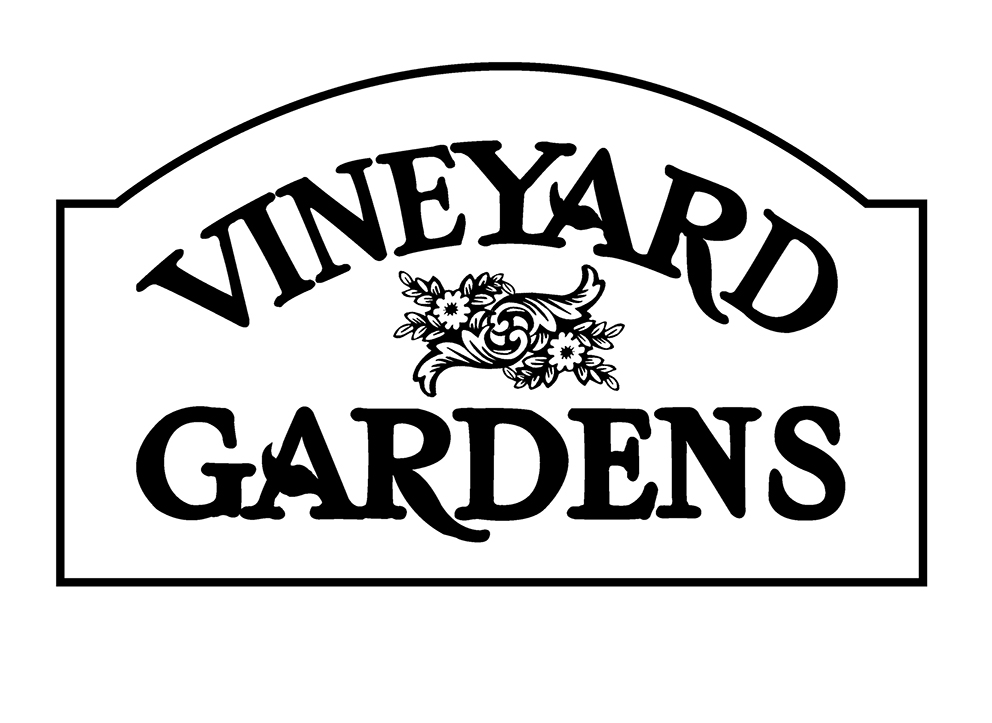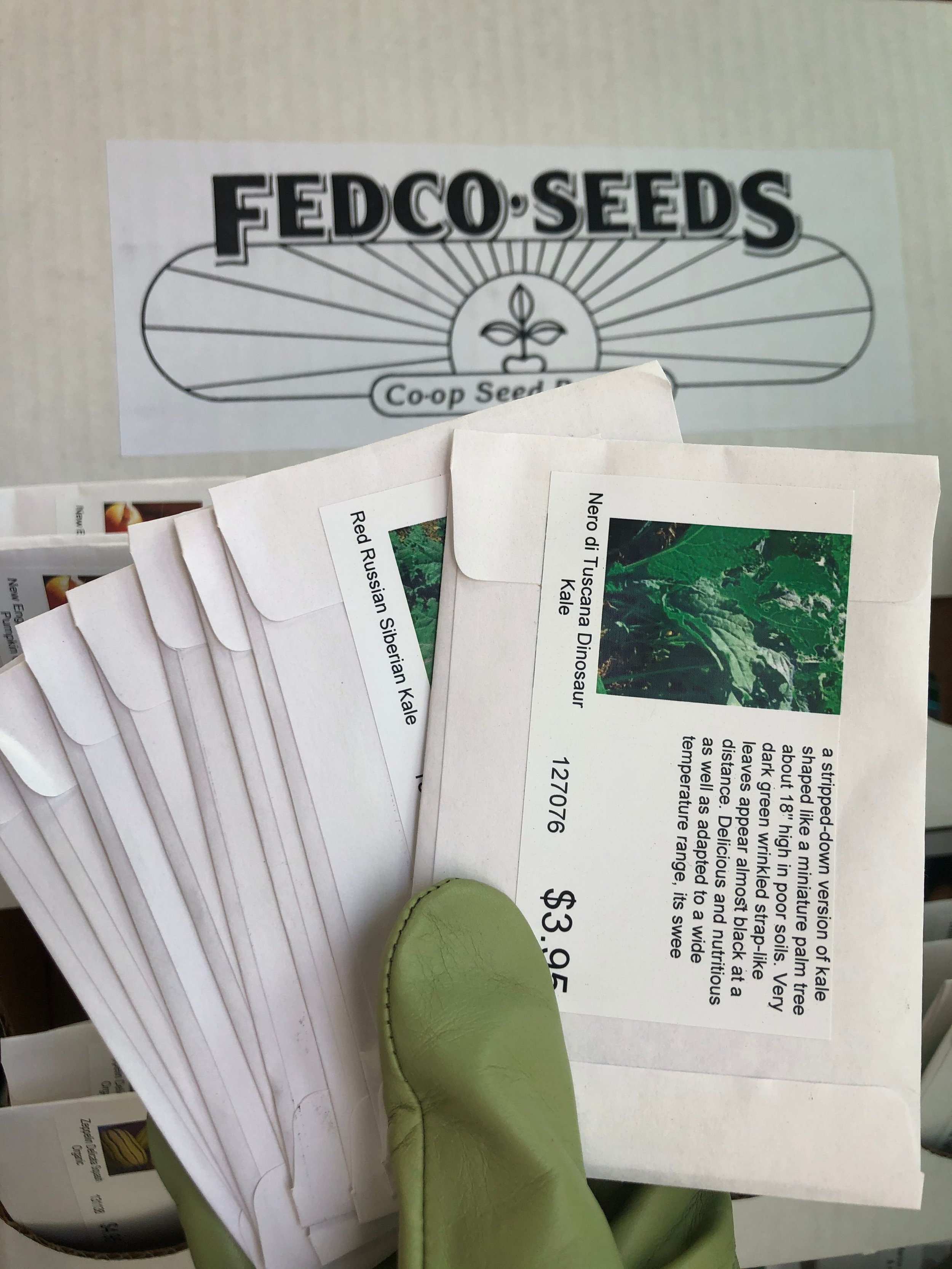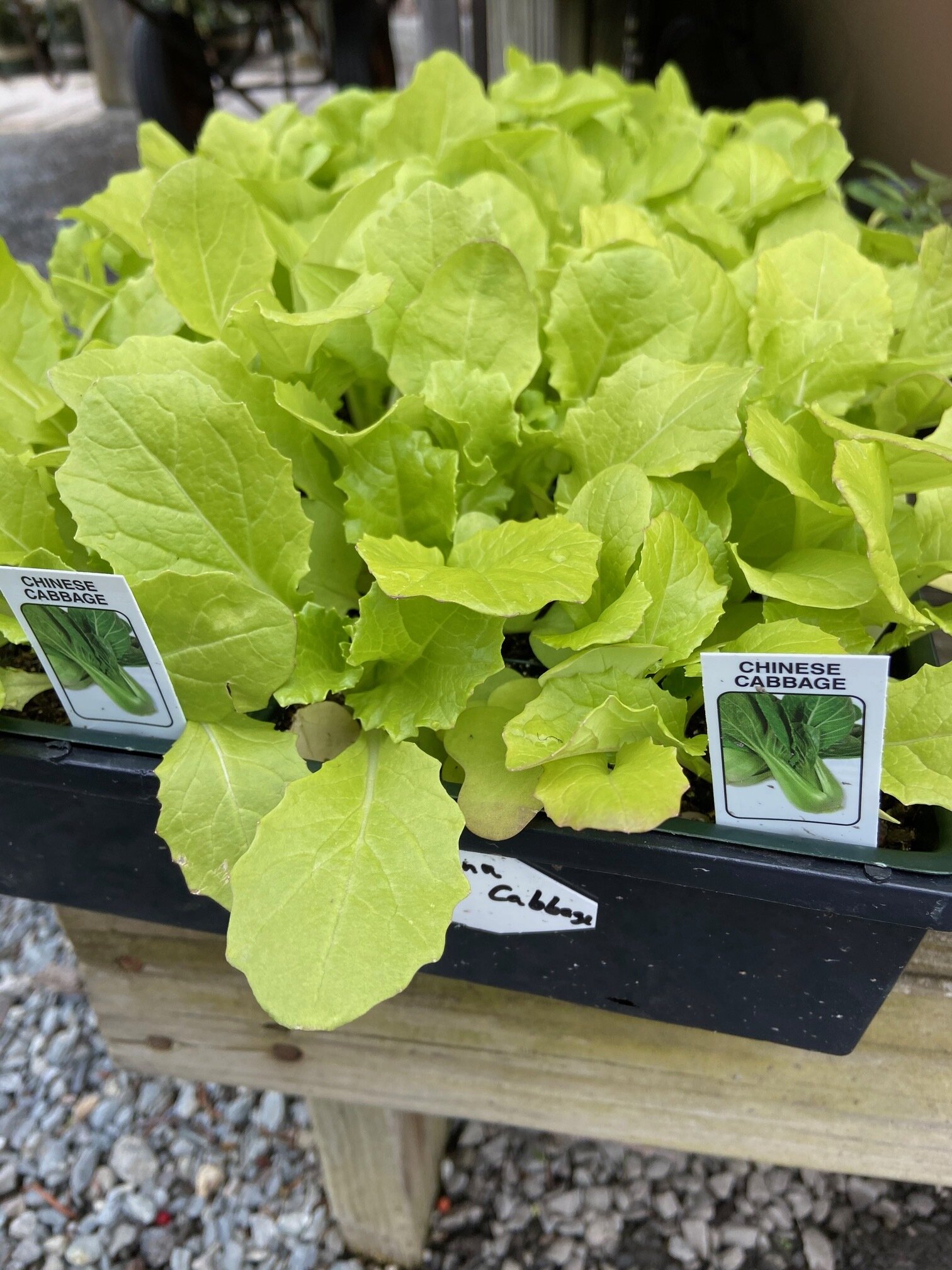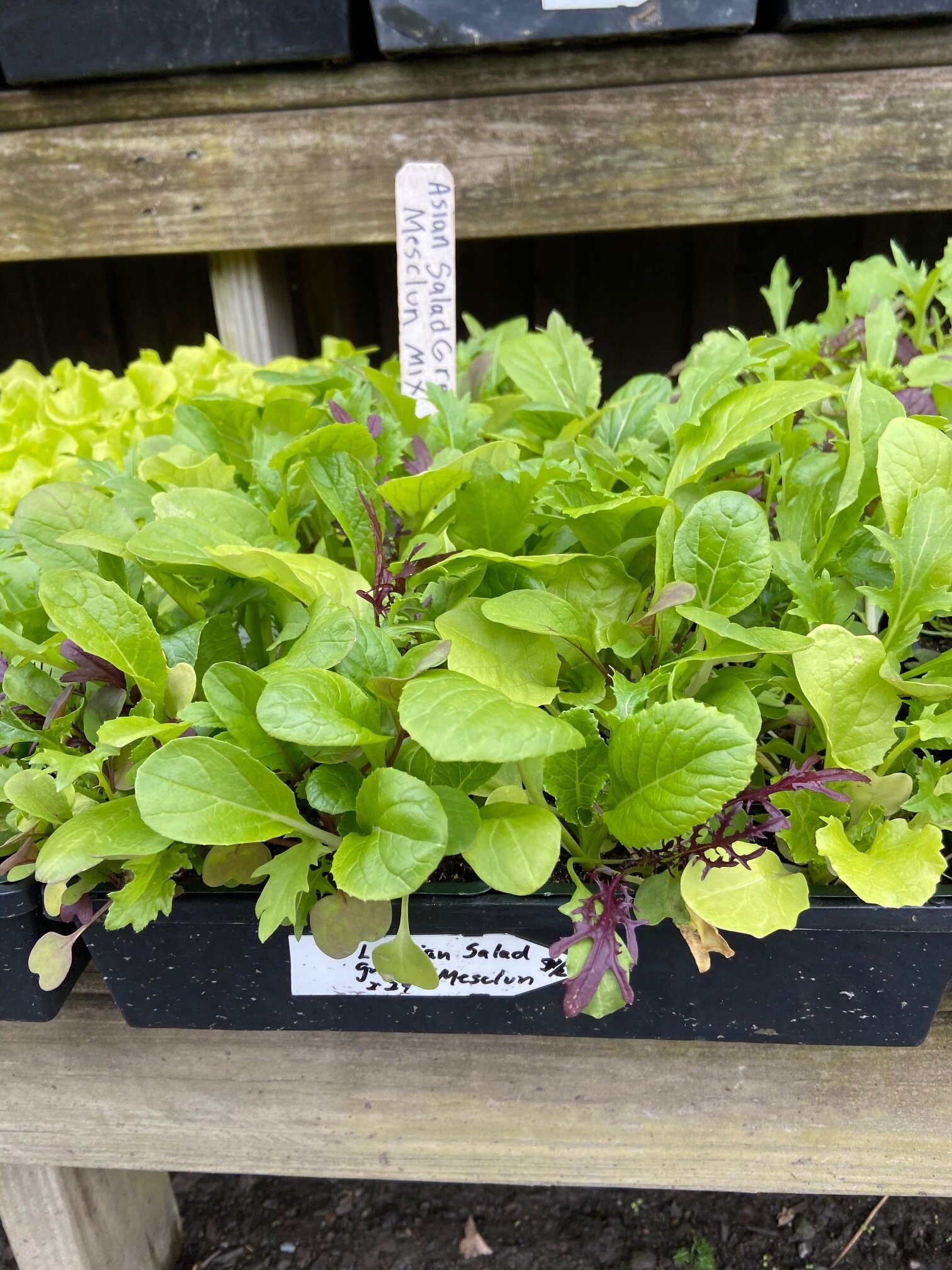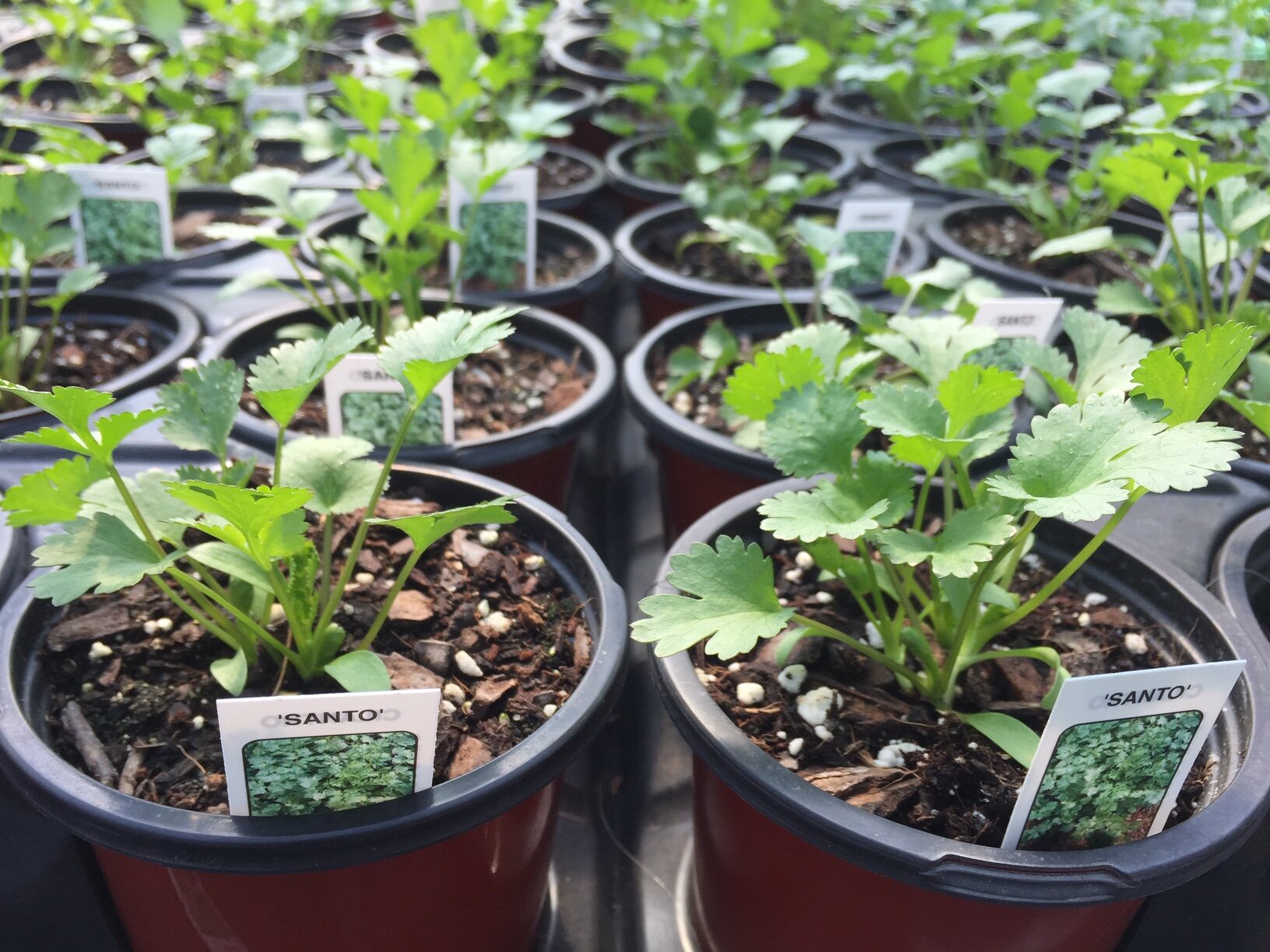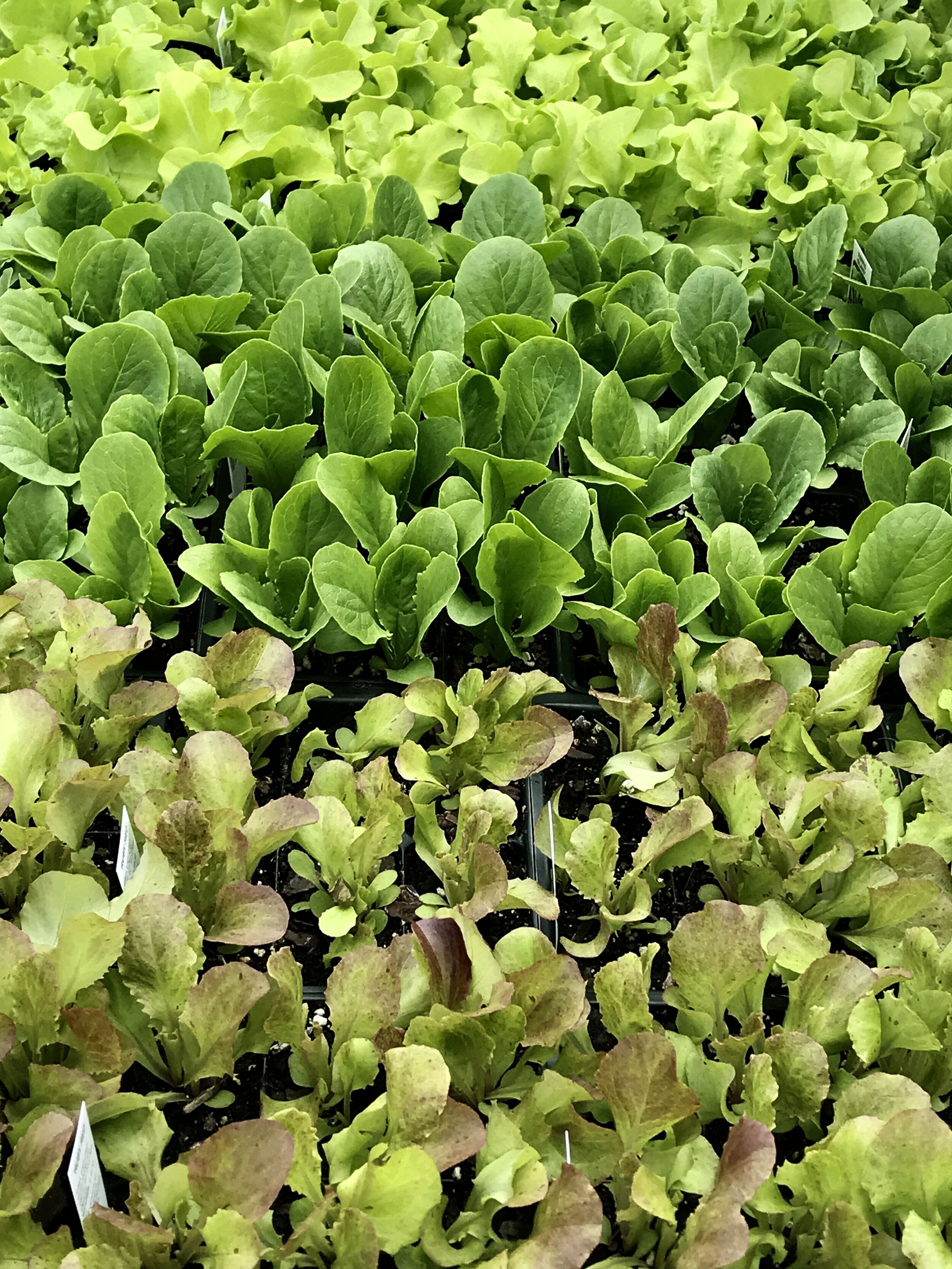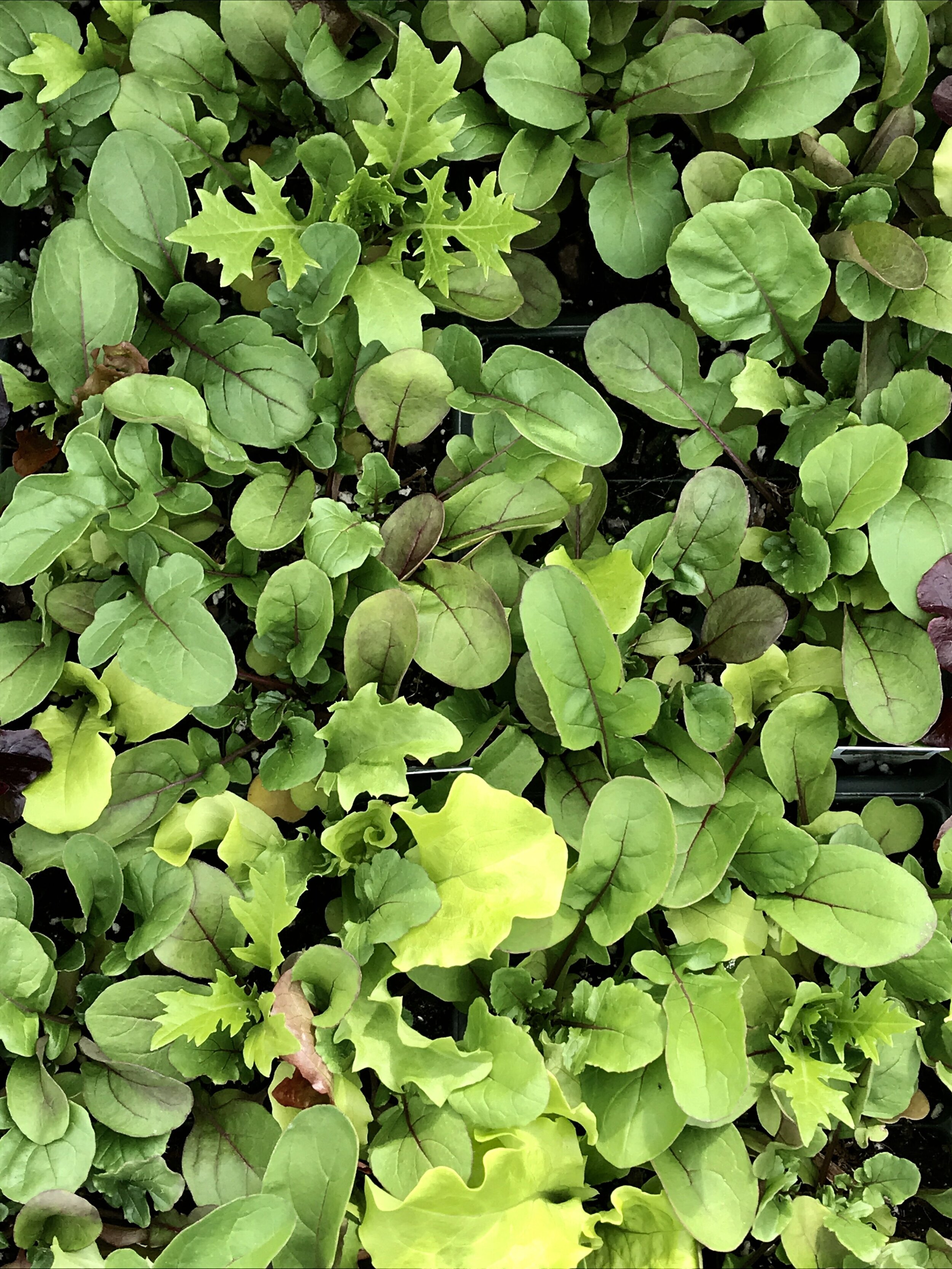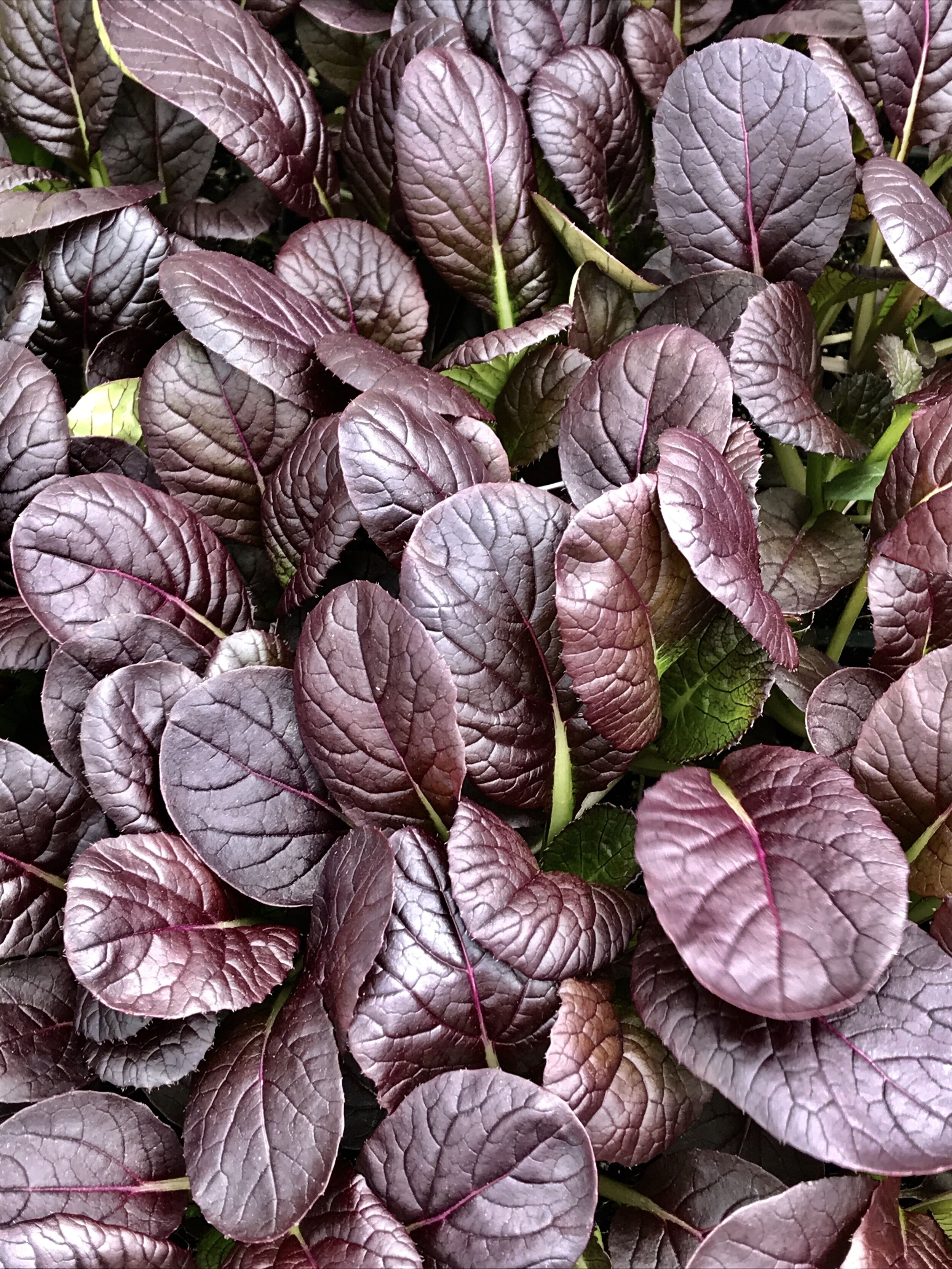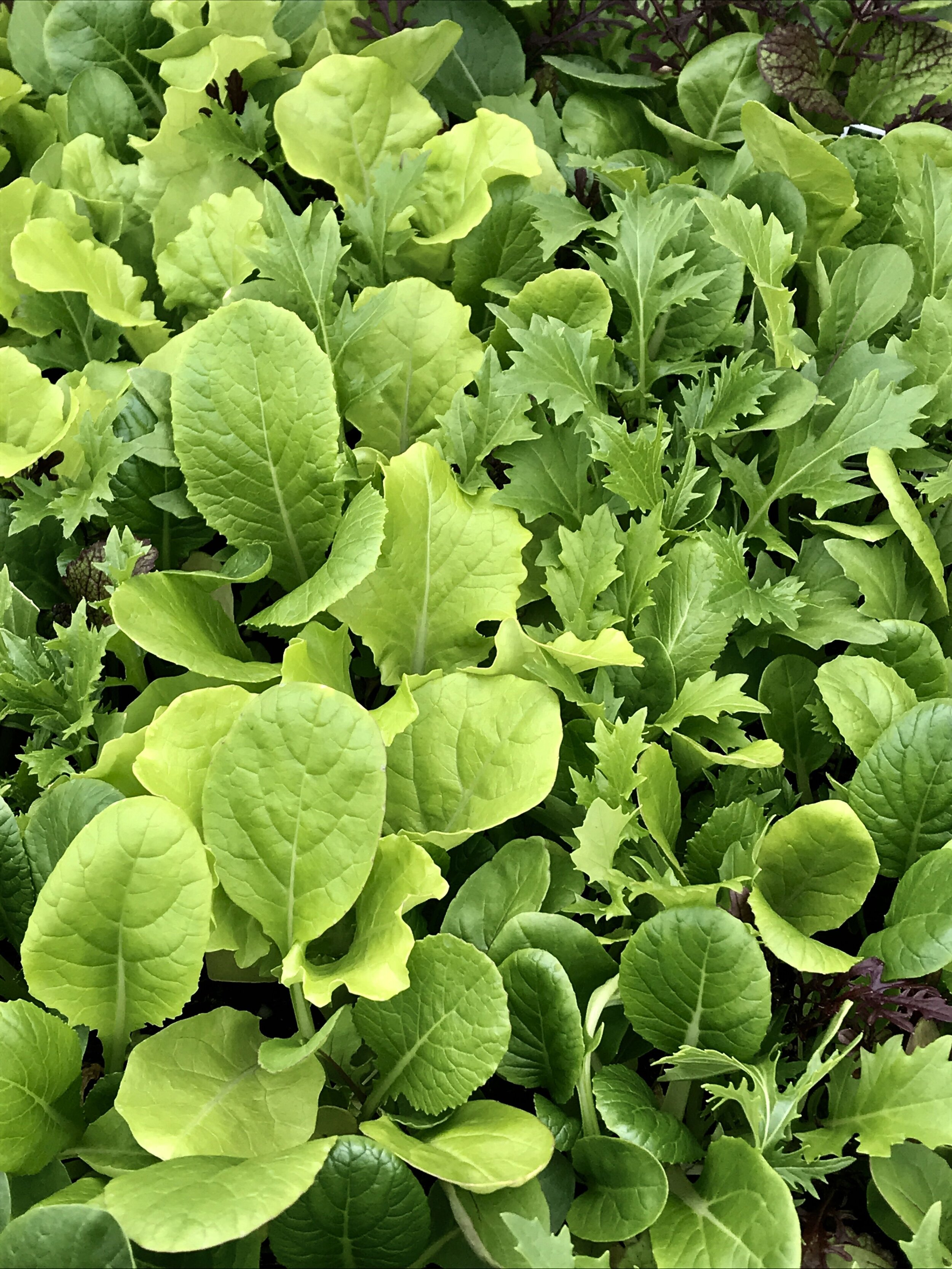ASPARAGUS COMING SOON!
WE WILL LET YOU KNOW WHEN THEY ARRIVE. ONCE THEY ARRIVE THERE IS A SHORT PLANTING WINDOW!
In the past we carried Jersey Giant and Purple Passion.
“There are a few perennial vegetables which actually are some of the easiest ones to grow. My all-time favorite is asparagus which can live for 20 or more years. Asparagus continually get bigger and more productive with just a little bit of care. The most important way to care for them is to keep the weeds out in order for them to thrive. They are one of the first vegetables to come up every spring and are absolutely delicious and healthy. “ Chuck Wiley, owner & founder of Vineyard Gardens Landscaping
Bare root asparagus
GROWING
Asparagus are a long lived perennial and should be planted in a dedicated bed.
Asparagus requires well drained fertile soil and can not tolerate wet feet.
Ensure planting site is well weeded.
Plant in full sun.
An excellent weed killing technique is to cover with cardboard 8 weeks prior to planting.
Make an 8” deep trench with a 4” ridge and loose soil down the middle.
Plant one bare root asparagus every 1’ between plants and 3’ between rows.
Splay the long roots down the sides of the ridge.
Water well to establish.
Top dress asparagus bed with plenty of premium compost every fall.
Since the roots are deep, you can hoe out weeds to about 3” deep as long as you do it before March 15th.
HARVESTING
Plants need to establish for 2 or 3 seasons before their first harvest, then they have abundant yields.
In the third year, harvest tender spring shoots at about 4.5”.
Do not harvest until shoots are pencil thick.
